I have recently visited the Horniman Museum & Gardens in Forest Hill, London. This is a museum established in 1901 and dedicated to anthropology and natural history. It is situated in a quiet, leafy area of London, and also boasts extensive gardens and an aquarium. Below are my highlights from this trip, with some excursions-snippets into topics and themes I found the most interesting.
- The World Gallery section of the museum is probably the most jaw-dropping, presenting various cultures through different elaborate displays of artefacts. I was drawn to learning about the cultures of people living in the Himalayan mountains, Africa, and North and South America. For example, it was interesting for me to find out more about the Wai-wai and Tuareg people. The Wai-wai are indigenous people of Guyana and northern Brazil. They nurture their children to become “real human beings” by sharing food, time and love. For them, “a real human is someone balanced, calm and beautiful, and knowledgeable about the world”.


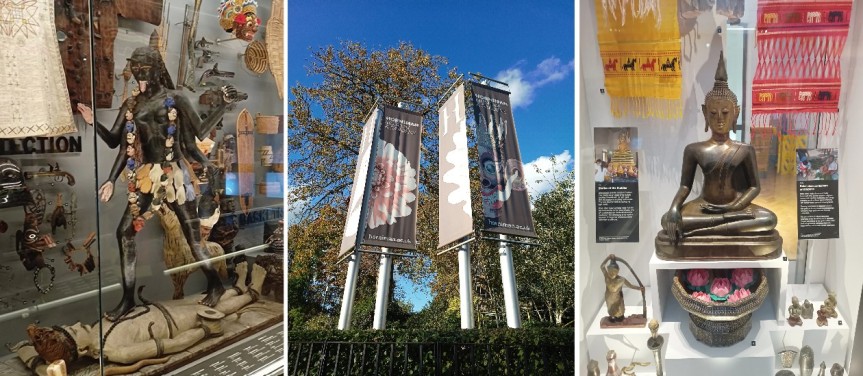
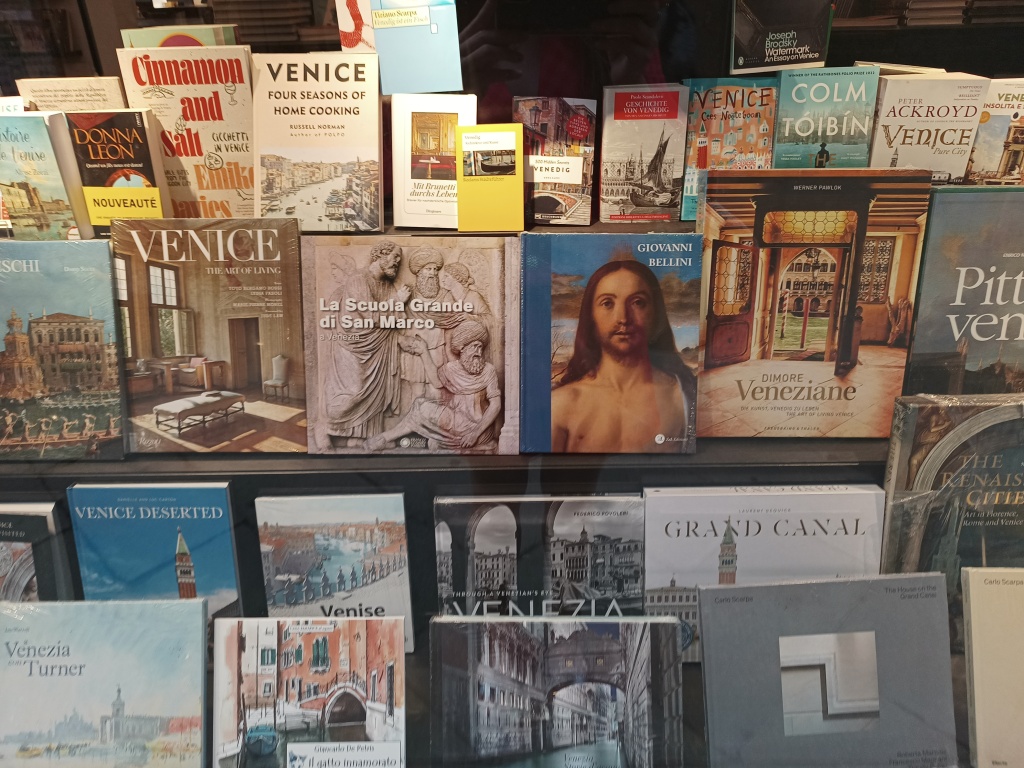
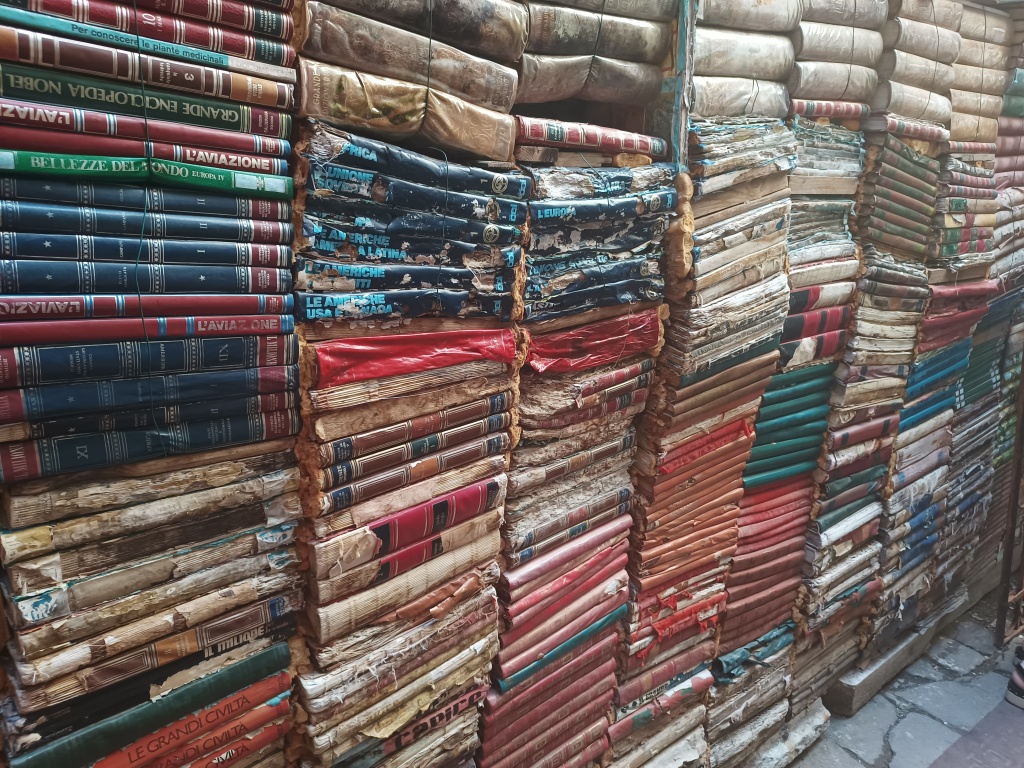
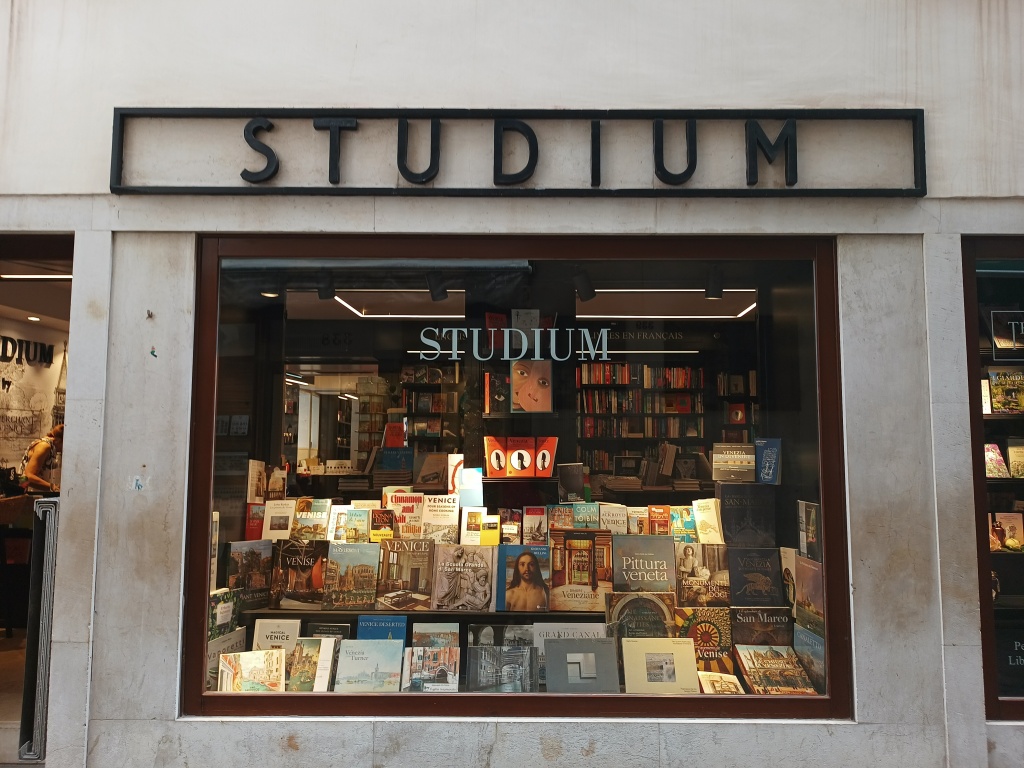






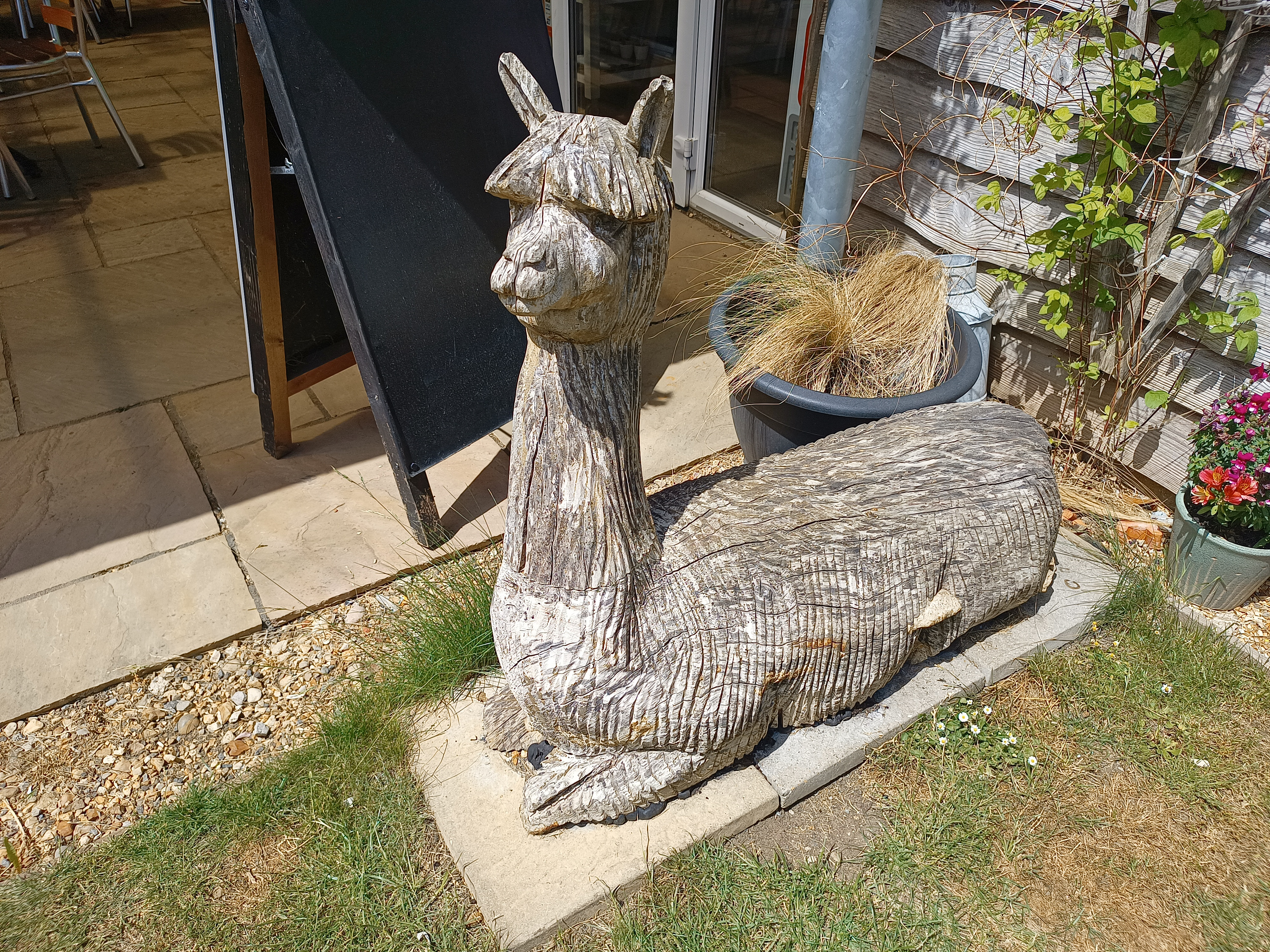









 I.
I. 

![IMG_0738[9128]](https://ideasonpapyrus.files.wordpress.com/2019/11/img_07389128.jpg?w=450) I. Edinburgh Castle
I. Edinburgh Castle I.
I. 

 I.
I. 



 The Innocent Anthropologist: Notes from a Mud Hut [1983] by
The Innocent Anthropologist: Notes from a Mud Hut [1983] by  I. Sir John Soane’s Museum
I. Sir John Soane’s Museum 

 Nearby, there is also the infamous and majestic-looking, in all its Gothic glory, Dakota Building, which was built in 1884 across from Central Park and was the city’s first luxury apartment block. It notoriously housed a number of celebrities, including Leonard Bernstein, Rosemary Clooney, Boris Karloff, Judy Garland and Rudolf Nureyev. The interesting trivia here is that the building has its own in-house power plant to provide heating for its notable residents, and the applicants who were rejected by the board to be residents include Cher, Madonna and Antonio Banderas. The site can now be considered strangely eerie and tragic since in the building’s entrance corridor occurred the murder of John Lennon and the building also features in the psychological horror by Roman Polanski Rosemary’s Baby [1968].
Nearby, there is also the infamous and majestic-looking, in all its Gothic glory, Dakota Building, which was built in 1884 across from Central Park and was the city’s first luxury apartment block. It notoriously housed a number of celebrities, including Leonard Bernstein, Rosemary Clooney, Boris Karloff, Judy Garland and Rudolf Nureyev. The interesting trivia here is that the building has its own in-house power plant to provide heating for its notable residents, and the applicants who were rejected by the board to be residents include Cher, Madonna and Antonio Banderas. The site can now be considered strangely eerie and tragic since in the building’s entrance corridor occurred the murder of John Lennon and the building also features in the psychological horror by Roman Polanski Rosemary’s Baby [1968].